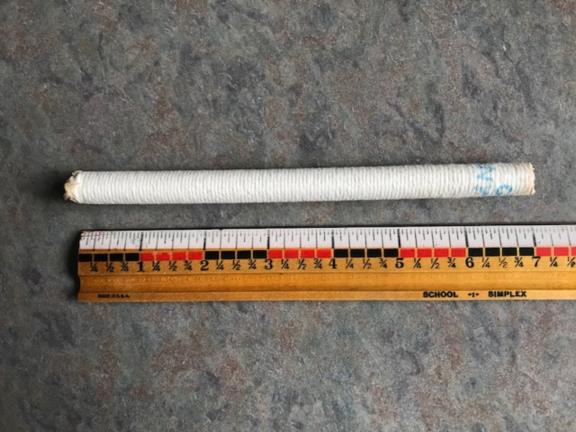
NavList:
A Community Devoted to the Preservation and Practice of Celestial Navigation and Other Methods of Traditional Wayfinding
Re: Plath certificate: drop of solder
From: Michael Cain
Date: 2021 Feb 6, 11:04 -0800
From: Michael Cain
Date: 2021 Feb 6, 11:04 -0800
Terry, there are likely a number of reasons Plath’s lighting system is unreliable, most of them obvious. (Bill Morris may weigh in with specifics.) But let me suggest a possible fix and a work-around.

There’s one tool ideally suited to cleaning the positive battery contact at the base of the compartment: the glass bristle brush. A bit of a specialist tool, it’s the abrasive professional conservators turn to for small, delicate metal cleaning jobs. It’s arguably the gentlest of mechanical abrasives, and given its size and shape (about 1/2” diameter, 7” long) and that it’s stiff, it’s almost as though it was made for this job. A quick web search will yield several sources. Like most abrasives, glass bristle brushes are sacrificial, so you’ll need an instrument vacuum or similar to clean out the residue. Once you have a glass bristle brush, you’ll likely wonder how you ever did without.
On the work-around, Mag makes a red lens kit for their Mini Maglite. Between that and a length of parachute cord for a neck lanyard, you have a tool to read your arc and drum and see your watch and recording form. Then you can save the weight of batteries in an already heavy sextant.
Plath serial numbers are indeed consecutive/lineal and offer no information themselves as to year of construction. That can be roughly deduced as you have done. Hopefully one day someone will get into the extant Plath production logs (remarkably, most apparently survived the war) and create an online reference like those available for many types of timepieces.
Fair winds/following seas...







